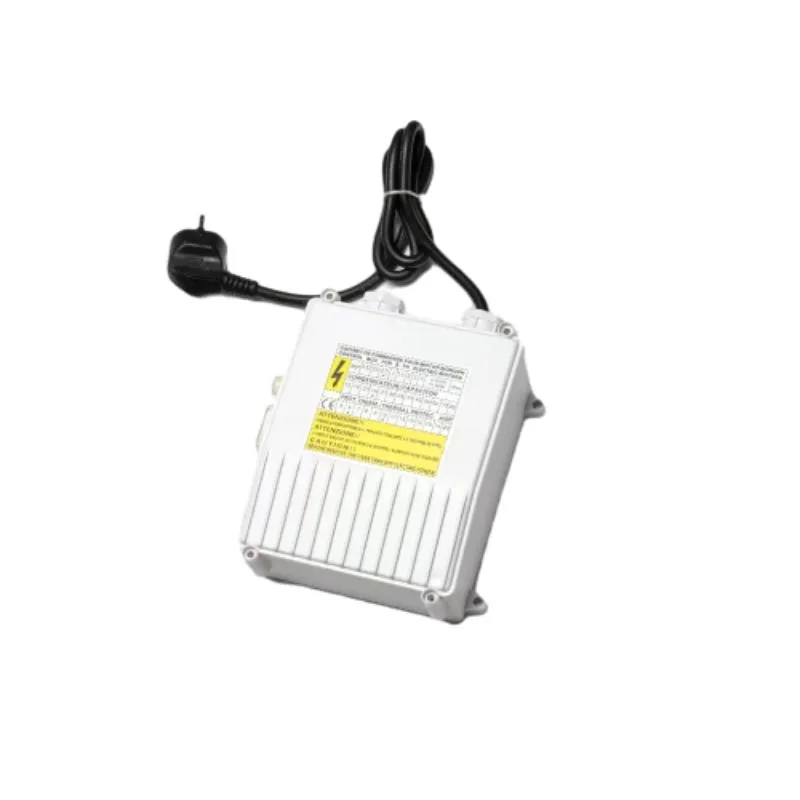Understanding EPDM Butyl Lap Sealant A Comprehensive Overview
EPDM (Ethylene Propylene Diene Monomer) butyl lap sealant is a specialized sealing product that is widely used in a variety of industries due to its superior properties. This sealant is particularly known for its excellent adhesion capabilities, weather resistance, and durability, making it an ideal choice for applications involving roofing, automotive, and various construction projects.
Composition and Properties of EPDM Butyl Lap Sealant
EPDM butyl lap sealant is a synthetic rubber product that combines the best features of both EPDM and butyl rubber. EPDM is known for its outstanding resistance to heat, oxidation, and the damaging effects of UV radiation, leading to a long-lasting and effective seal. Meanwhile, butyl rubber is renowned for its excellent moisture barrier properties and adhesion characteristics. When these two materials are combined, the resulting sealant exhibits remarkable performance in sealing joints, seams, and other areas susceptible to moisture infiltration.
One of the standout features of EPDM butyl lap sealant is its flexibility. This property allows it to accommodate the thermal expansion and contraction that often occurs in building materials, particularly in roofing applications. Furthermore, EPDM butyl sealant remains effective across a wide range of temperatures, from extreme cold to high heat, ensuring that it maintains its integrity under various environmental conditions.
Applications of EPDM Butyl Lap Sealant
The versatility of EPDM butyl lap sealant makes it suitable for numerous applications. In the roofing industry, it is commonly used for sealing joints in roofing membranes, particularly in low-slope roofing systems. Its strong adhesion properties ensure a tight bond that prevents water leakage, which is crucial for maintaining the integrity of a building’s structure.
epdm butyl lap sealant

In addition to roofing, EPDM butyl sealant is frequently utilized in the automotive sector. It is employed to seal windshields, windows, and other components, providing a water-tight and air-resistant seal that enhances the longevity and performance of vehicles. The automotive industry values the sealant for its durability, which helps reduce maintenance costs associated with water ingress and rust formation.
Another significant application of EPDM butyl lap sealant is in the construction of residential and commercial buildings. It is often used to seal window frames, doors, and other exterior openings, ensuring an effective barrier against the elements. The sealant is also suitable for use in various materials, including metal, glass, plastics, and many other substrates, adding to its widespread adaptability in construction practices.
Advantages of Using EPDM Butyl Lap Sealant
The advantages of EPDM butyl lap sealant are numerous. Firstly, its strong adhesion and flexibility make it ideal for a range of sealing applications where movement and temperature fluctuations are expected. Secondly, it offers outstanding resistance to environmental factors, ensuring a long lifespan and reducing the frequency and cost of repairs. Finally, the eco-friendly nature of EPDM products, which often meets various environmental standards, makes it an attractive choice for sustainable building projects.
Conclusion
In conclusion, EPDM butyl lap sealant is an essential product in the realm of sealing and weatherproofing. Its unique combination of properties, including excellent adhesion, flexibility, and resistance to harsh environmental conditions, make it an invaluable tool in numerous industries. Whether used in roofing, automotive, or construction applications, EPDM butyl sealant plays a critical role in enhancing the durability and performance of various structures and materials. As the demand for reliable sealing solutions continues to grow, the role of EPDM butyl lap sealant will undoubtedly remain significant in ensuring the longevity and safety of numerous applications.
-
XIANGFAN Rubber Tape-Ultimate Solutions for All Your Insulation NeedsNewsJun.24,2025
-
XIANGFAN Rubber Tape-Protection for Industrial and Residential ApplicationsNewsJun.24,2025
-
XIANGFAN Rubber Tape: Superior Safety and Sealing for Demanding EnvironmentsNewsJun.24,2025
-
XIANGFAN Rubber Tape: Reliable Solutions for Every Electrical ChallengeNewsJun.24,2025
-
XIANGFAN Electrical & Industrial Tape: Powering Reliability Across IndustriesNewsJun.24,2025
-
XIANGFAN Electrical & Industrial Tape: Excellence in Every ApplicationNewsJun.24,2025
